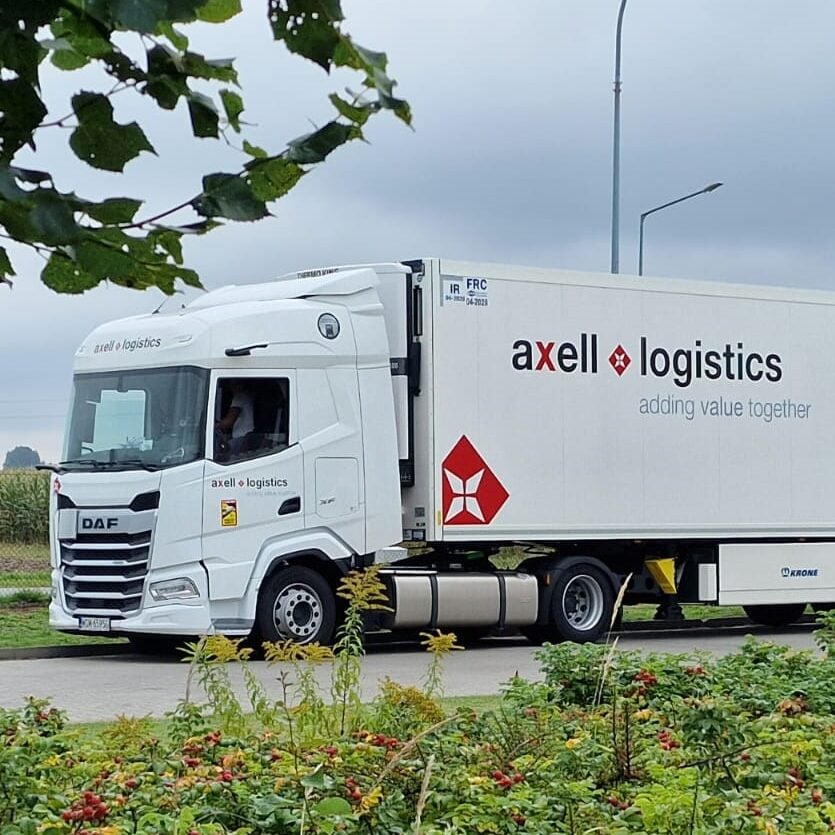Monitoring inventory levels in the warehouse is a key aspect of operational management for any company that stores and distributes goods. Proper inventory control allows businesses to operate efficiently and maintain smooth operations. Want to know how to successfully manage your warehouse stock levels? Keep reading for key insights and practical tips.

Why is warehouse inventory monitoring essential?
Understanding the importance of warehouse control
Inventory monitoring is more than simply checking how much stock is on the shelves at a given time. It’s a continuous process of reviewing and analyzing data to understand how inventory moves through the supply chain. It helps maintain optimal stock levels, reduce losses, and maximize sales.
Warehouse control is crucial for operational efficiency and continuity. It prevents product shortages that could delay order fulfillment and lower customer satisfaction. At the same time, it avoids overstocking, which can drive up storage costs and increase the risk of expired or obsolete products.
What are the key inventory indicators to monitor?
The most important metrics in inventory control
There are several warehouse inventory parameters worth monitoring. First, inventory turnover rate—which shows how often your stock is fully replenished in a given period. This metric is essential for understanding how quickly products are sold and how efficiently inventory is managed.
Product availability is another key metric. Monitoring this helps ensure that the items your customers need are always in stock.
You should also track inventory accuracy—the degree to which the actual stock matches what’s recorded in your warehouse management system (WMS). Maintaining a high level of accuracy is crucial for efficient inventory control and consistent customer satisfaction.
How to effectively monitor warehouse stock levels?
Using technology to track warehouse inventory
Technology plays a major role in simplifying inventory monitoring. Warehouse Management Systems (WMS) and advanced Enterprise Resource Planning (ERP) systems allow for real-time inventory tracking. With these tools, you can easily monitor turnover rates and product availability. They also reduce errors from manual stock counting and enable faster responses to issues.
With the rise of e-commerce and the need for fast deliveries, more businesses also use Transport Management Systems (TMS) to better plan, optimize, and monitor logistics processes. Leveraging solutions like FTL and LTL transport allows companies to improve both inventory and transportation efficiency.
Practical tips for inventory monitoring
While technology is a valuable tool, effective inventory management also requires strategic thinking. Here are some practical tips:
- Set proper inventory levels – Define minimum and maximum stock levels for each product, and monitor them closely. Too little stock can lead to shortages, while too much increases storage costs.
- Perform regular inventory audits – Routinely compare physical stock with system data to maintain accuracy and detect problems early.
- Use demand forecasts – Base inventory planning on historical sales data to avoid overstocking and better meet customer needs.
- Maintain good supplier communication – Staying in close contact with your suppliers helps you respond quickly to availability changes and keep optimal inventory levels.
In summary, monitoring inventory in your warehouse is a vital part of supply chain success. By tracking the right metrics and using the right technology, companies can streamline operations, improve efficiency, and boost customer satisfaction. But remember, effective inventory control also requires strategy and ongoing oversight. If you’re looking for support in this area, we invite you to explore our logistics services






















